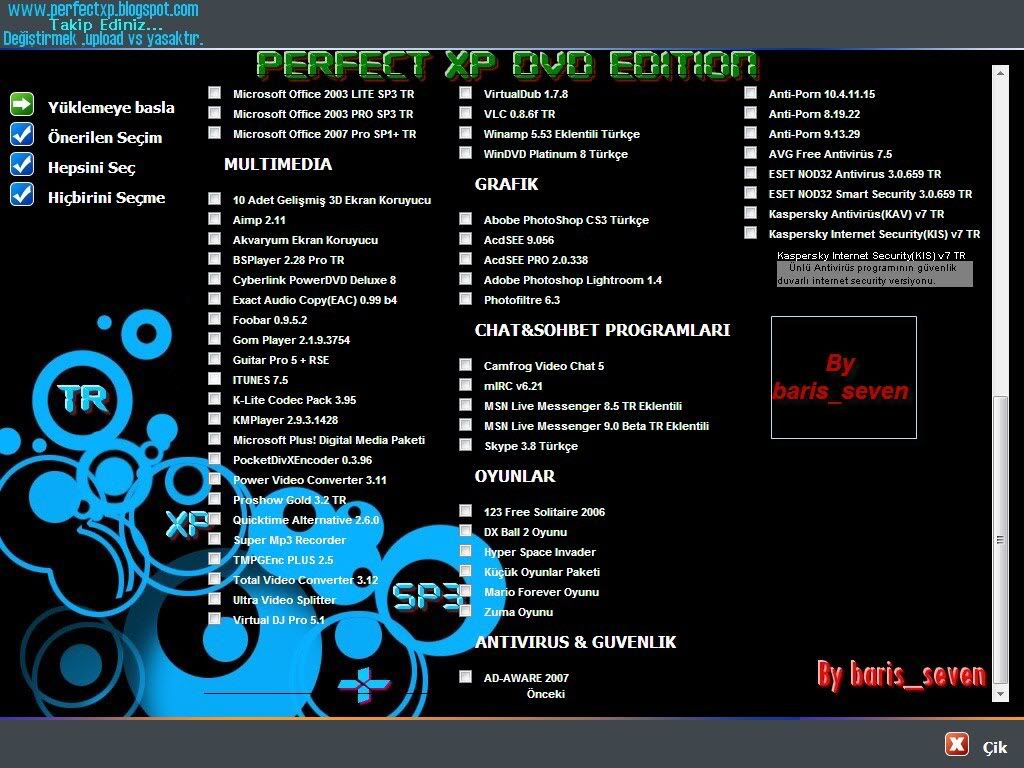Buick 3800 Series 2 Interchange Manuals
Hey, I've been thinking about how many cycles/versions the 3800 V6 has gone through. Lots and lots of factoids. Production officially ended August '08. Several displacements besides 3.8 for the 90 degree family. Was surprised to see it was offered in the '75-76 LeSabre.it must have looked tiny in the huge engine compartments of a B-body of that era.Thanks for the link, moltie, and the info on co-existence of various versions, von.Good Gawd, '75-'76 LeSabre, that's when they were still huge, before the '77 slight 'downsize.' The little 231 looked funny enough in '76 and '77 Regals.
It looked even funnier when the car was a loss leader (ad special) with NO air conditioning and you could see the pavement beneath all around the engine compartment! My 77 buick century coupe (regal body) had the 3.8. And the whopping 105hp or whatever.i ran pretty well actually. It was indeed slow, but it not in an attention grabbing slow sort of way.and it got good mpg.there was a ton of unused room under the hood.
So much so that kitty used to sleep up in the engine compartment on hot days. One day i took off and kitty came out on the pavement bouncing a few hundred yards from home.the lack of power was great from a winter driving standpoint. You never put yourself in a dangerous position. And compared to our 77 electra with the nose heavy v8, my century had very neutral handling.
Buick V6 Series 2 3800
I bet it was 50/50 or close to it. I actually used to go out driving during snow storms because it was so controllable in the white stuff.never had another rwd car that was tame like that in snow.the 3800 was a good match in that car. Changing the displacement some, the 3300, as I recall, was definitely its 'little brother.' I remember it well, as it powered many Centurys and Cutlass Cieras. I don't remember the 3.0 as being around that long, but I didn't realize it had the same architecture as the 3.8/3800. Nor do I know if the 4.1 litre V6 by Buick of the early 80s was created from the 3800?I remember seeing an ad from one of the car magazines in the early '80s advertising the 4.1 V6 and it's mileage in the Caddy de Ville.Info on the 4.1 and more here.
Does anyone know the longevity the old 231 cubic inch V6s - those of the 70s? I heard that the odd-firing versions were not timing-chain-friendly. Still, the other components ought to be unaffected (they were all supposedly non-interference engines). Maybe the even-firing ones did a little better?(I know that the 3.8 in the '84 Cutlass Supreme was still going strong at 171,000 miles when we sold it).Aside from normal ring/bearing/valve wear, I'm not aware of anything that would doom a 231. Definitely they are non-interference.

Lots of these well north of 200K.IMHO, it was the last good clean-sheet or majorly recast engine design GM had until the LT/LS series V8 came around.I'm going to miss the 3.8, and I doubt the 'other' V6 will ever win me over. Between the total lack of power in the 2.8 and 3.1 and the 3.4 intake manifolds dropping hot coolant into the crankcase. 15 years after the Series II 3.8 L36, the 3.9 still only has 20ish hp more.As for the Series II, I'm feel they are a good upgrade over the Series I. The plastic intake is not that much of a problem.
The REAL problem is intake gaskets that did not play nice with Dexcool. If you are having the intake gaskets replaced, you can block the coolant passages to the intake, which solves the intake coolant leaking problem near the EGR stovepipe and keeps hot coolant from circulating in the throttle body. Cooler throttle body means better performance. This is all a non-issue on the supercharged engines. '76 brochure doesn't list the 231 being available in the Les, the 350 was standard and the 455 was optional.Chitlon's '82 manual also does not list a VIN code for a 231 in a Riv/Les/Ele Buick until '77.I would've bet against a 231 being in a pre-'77 full-size.
Not sure what's RPO here.' 76 231: 105 HP @ 3400, 185 TRQ @ 2000'76 350: 155 HP @ 3400, 280 TRQ @ 1800'76 455: 205 HP @ 3800, 345 TRQ @ 2000IIRC from an article in CA, it was mid-year addition for the LeSabre. It was in an article about how GM bought the V6 tooling back from AMC.Also, from Wikipedia:The '76 LeSabre was the only American full-size car with a standard V6 engine, which was Buick's brand-new 3.8-litre (231 CID) V6 engine. The V6 was only offered on the base-level LeSabre and not mentioned in initial 1976 Buick literature issued in September 1975 because the was a last-minute addition to the line. The 350-cubic-inch V8 was the base engine on the LeSabre Custom and the 455-cubic-inch V8 was optional.
Both V8s were optional on the base LeSabre. Edited December 23, 2011 by Cubical-aka-Moltar. Can someone explain to me what even firing is v.
Odd firing?Wikipedia has a good explanation of this under 'V6 engine'.Basically, it has to do with design limits of the early V6s based on V8 designs, where three shared crankpins were arranged 120 degrees apart. This caused the firings to occur at odd intervals because of the 90 degree banks.
0, 150, 240, 390, 480 and 630 degrees. Instead of 120 degree intervals. The even fire design uses split crankpins, 15 degrees apart to achieve an even 120 degree firing interval.
